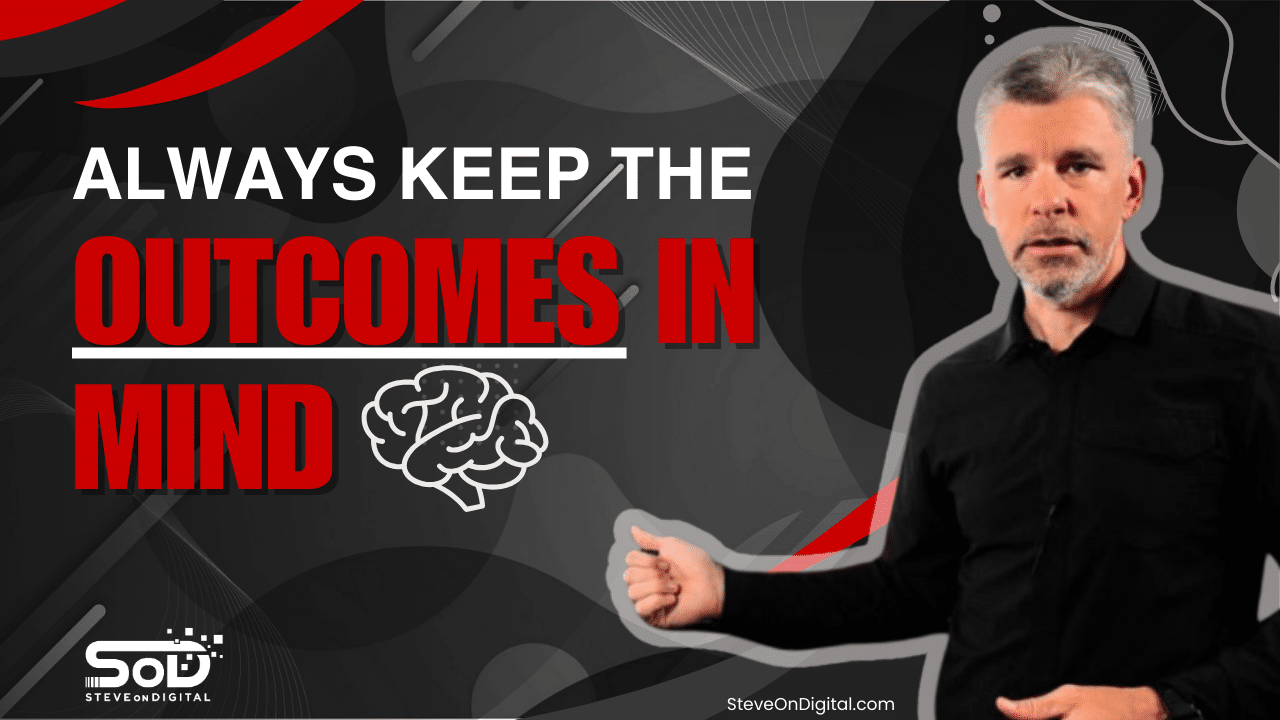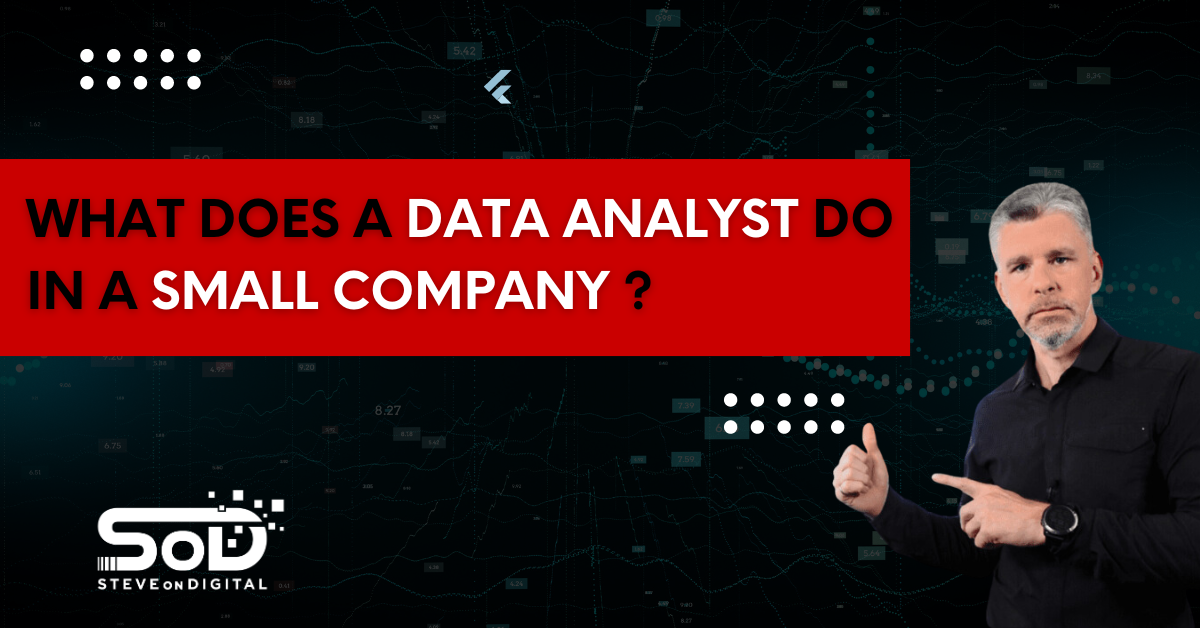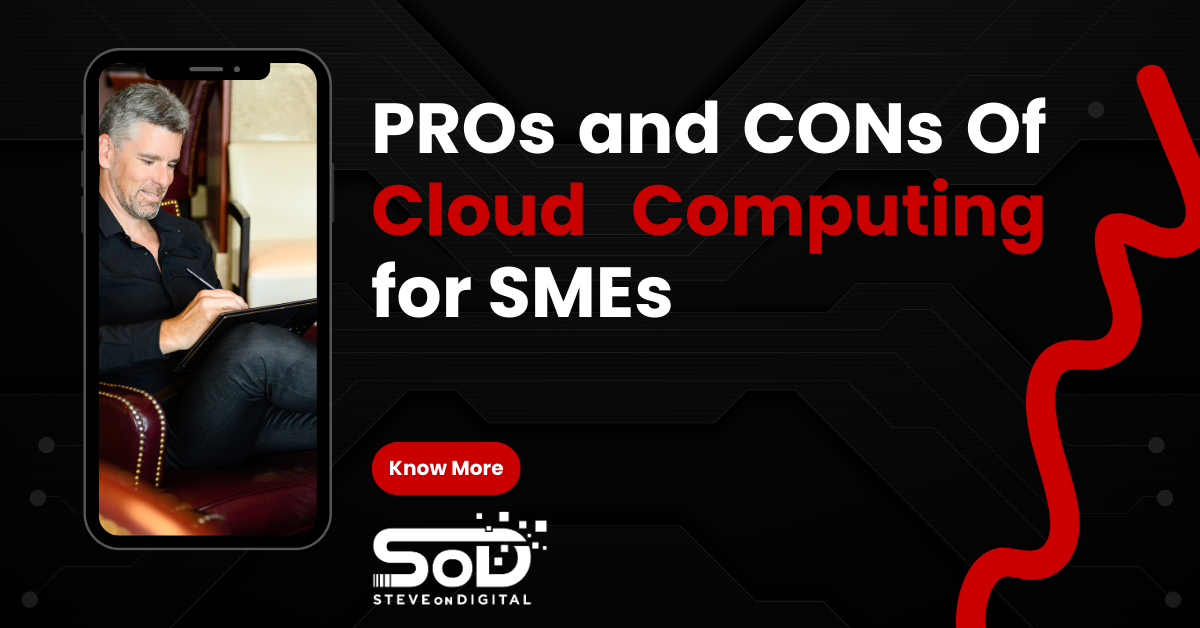Did you ever feel like the IT team has gone rogue? I mean, totally losing focus on business goals as they work on passion projects. The purpose of an IT department, after all, is to fulfil the objectives of senior management by keeping the business running smoothly. But sometimes, let’s just admit it, the IT team loses sight of business objectives, goals such as: increased profits and customer and employee satisfaction. How to get a rogue IT team back on track? Start with the end in mind. This means informing the IT team about WHY they are carrying out a task so that they work TOWARDS the desired outcome throughout the process.
Starting with the end in mind allows the IT team to get from Point A, the current situation, to Point B, the desired outcomes, by filling in the gaps with WHAT to do to get there. This outcome focus is based on Stephen R. Covey’s second habit as outlined in his monumental work The 7 Habits of Highly Effective People: “Begin with the End in Mind.” He writes that this means “to start with a clear understanding of your destination. It means to know where you’re going so that you better understand where you are now and so that the steps you take are always in the right direction.” How can you determine the steps to take? Here is a tried-and-true process:
- Begin with the End: determine the destination based on desired outcomes and results
- Create the plan to get there
- Divide the plan into smaller, manageable projects
- Execute these projects in a sequence that corresponds to your budget and resources
- Re-evaluate throughout the process and adjust as necessary.
If the IT team keeps business objectives in mind from the beginning, its end products will be fully aligned with attaining these objectives. At least in theory. How does this play out in the real world?
The IT team naturally tends to focus on IT metrics, such as uptime, scalability, website performance and cybersecurity rather that business metrics, such as profitability. So, for example, an IT team may determine that uptime (the percentage of time a computer works without crashing or needing a reboot) should be 99.5%. Good. But what does that mean for business? Right… Instead, I argue, the focus should be on cost savings. When computers and servers are working for long periods unattended, they reduce maintenance costs. With their eye on the end result for the company, the IT team can determine their metrics accordingly.
A second example, one of scalability. An IT department may choose technology such as a virtual private cloud (VPC) as offered by providers such as Amazon AWS or Microsoft Azure to be able to scale up with demand. Again, a good strategy. But only if it is in line with at least one business outcome. In this case, being able to grow leads to revenue growth as the company is able to take on more volume. The metric to focus on is one of revenue growth rather than of scalability.
Now for a third example. IT departments obsess over performance: how quickly a webpage loads, for instance. A standard is to attain 5 megabits per second. Fine… Performance for performance sake is useless if not connected to a business objective. Here, it can lead to improved customer experience on the website which leads to more sales. The IT team should keep that in mind when deciding the metric to shoot for.
And a final example: cybersecurity. IT teams sometimes put so many security measures into place that the systems become cumbersome for everyday use. This can discourage employees and customers. By keeping efficiency in mind, IT teams can find the right balance between security and ease of use.
To finish with a quote from Covey that sum up the “Begin with the End” mindset: “An effective goal focuses primarily on results rather than activity. It identifies where you want to be, and, in the process, helps you determine where you are. It gives you important information on how to get there, and it tells you when you have arrived.” Start with your eye on Point B and you’ll get there from Point A.





